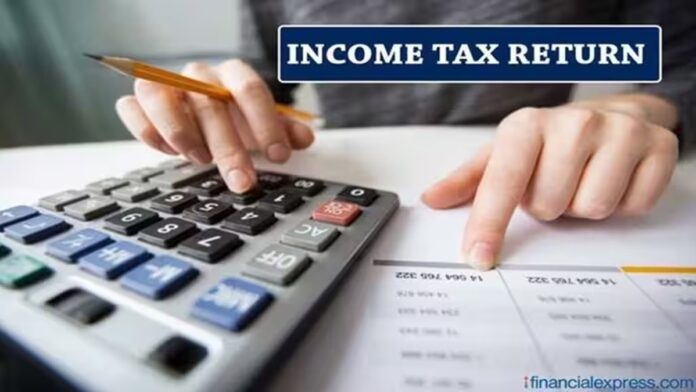The Income Tax Return (ITR) filing season is in full swing. Like every year, taxpayers while filing their ITRs grapple with issues related to forms, rules or eligibility to claim certain deductions and exemptions.
Among various other issues, this time one of the major confusions among taxpayers is being seen regarding the rebate available under Section 87A. Many people are not able to understand whether they will get an exemption or not, and if yes, then how much. The reason for this is that there have been changes in the income tax rules in the last few years and recently in Budget 2025, a big announcement was made to increase the rebate of Section 87A to Rs 60,000 under the new income tax regime.
ALSO READ‘Income Tax Department’ among top keywords on Google Trends amid ITR filing rush
Let us know what Section 87A is, who it benefits, and what the difference is between the old and new tax regime.
What is Section 87A?
Section 87A is a provision of the Income Tax Act under which individuals who are residents of India are given a tax rebate if their taxable income is below a certain limit. This rebate is given after the calculation of tax – that is, this amount is deducted from your total tax payable. Its purpose is to provide tax relief to people in the low and middle-income groups.
Income Year 2024-25 (AY 2025-26): Old vs New Tax Regime
Tax Regime Maximum Rebate Amount Rebate Eligibility Limit
Old Tax Regime Rs 12,500 Taxable income up to Rs 5 lakh
New Tax Regime Rs 25,000 Taxable income up to Rs 7 lakh
This means: If your taxable income is Rs 7 lakh or less (and you have opted for the new tax regime), you can avail a tax rebate of up to Rs 25,000. This will make your entire tax zero.
But if you have opted for the old tax regime, the rebate will be available only on taxable income up to Rs 5 lakh and its maximum limit will be Rs 12,500.
Big announcement of Budget 2025: New rules will be applicable from FY 2025-26
The Finance Minister has further increased the exemption of Section 87A in Budget 2025 to make the new tax regime more attractive.
» Read More


